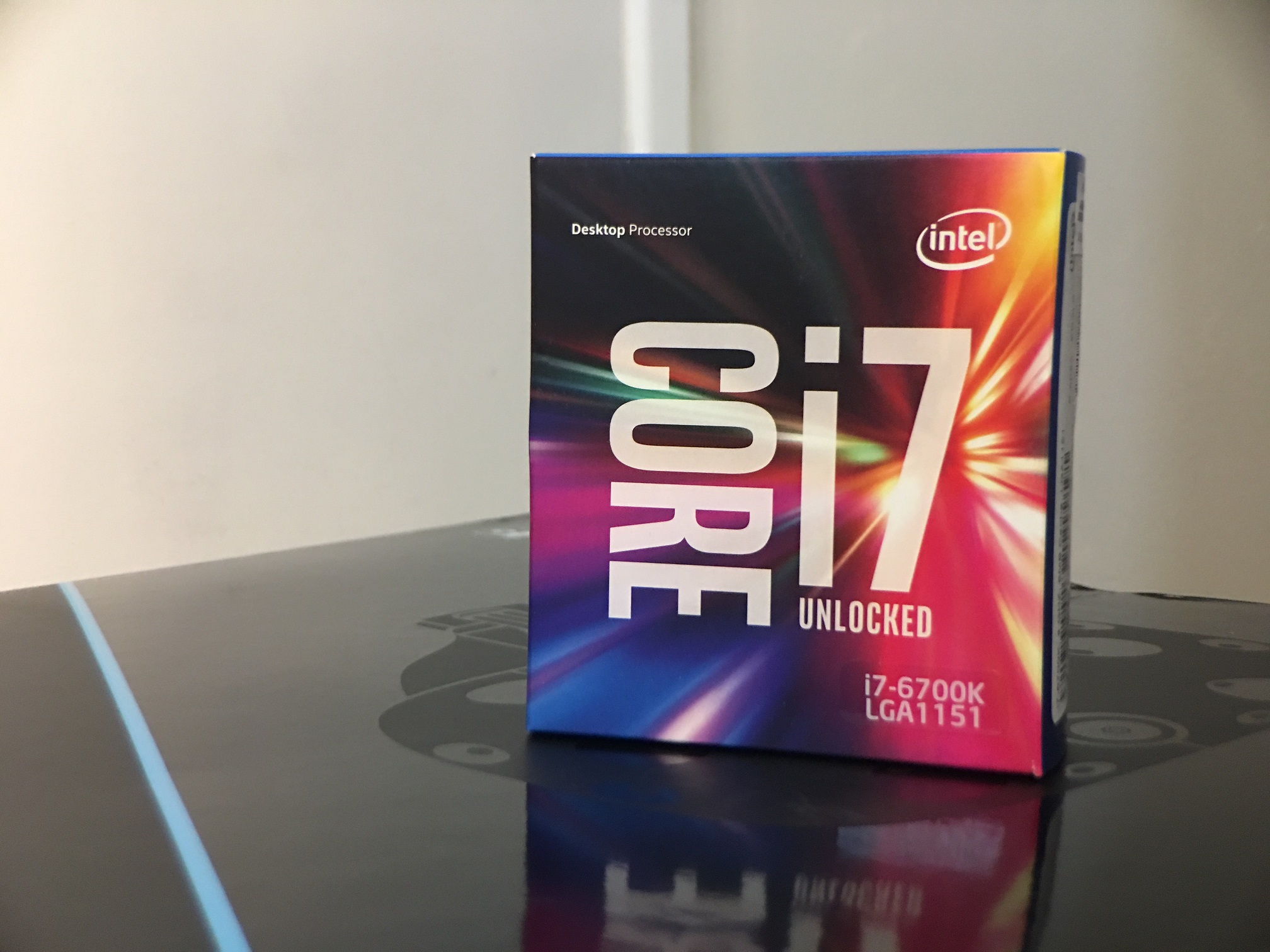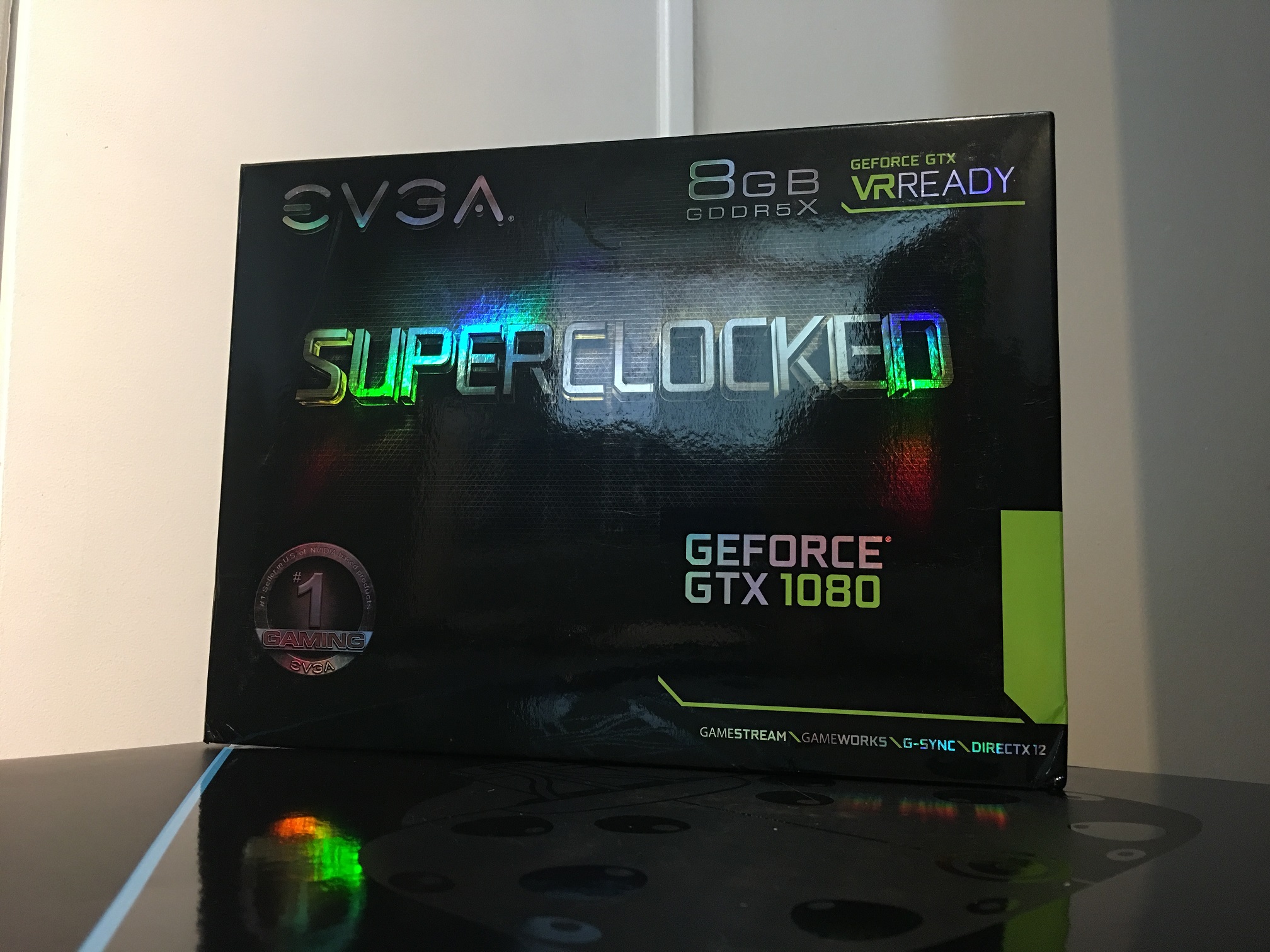Building a Beefy VR Workstation
7 minutes read · 2017-02-06Introduction
There are plenty of inexpensive ways to experience mobile VR, including the really cheap Google Cardboard that works with any average-sized, reasonably recent smartphone. However, when it comes to the most engaging, immersive experiences, the horsepower available on mobile platforms is, as of early 2017, simply not enough.
Having decided that I'd like to get serious about VR development, I set out to spec out and build a beefy VR workstation.
VR Workstation?
For the purposes of this article, I'll define a “VR workstation” as a high-end gaming PC, that's also well suited for software development.
The requirements for VR and gaming are very similar, though VR benefits more dramatically from higher resolution and lower output latency, whereas games have historically focused more on scene complexity, realistic materials and effects.
Being cost effective was one of the goals of this build. However, the computer is meant to be used professionally, so I targetted a higher price range/quality than I would for a hobby-only rig.
Picking a CPU: i5 or i7?
Most modern games are not CPU bound, so the key component that defines gaming performance is the graphics card, with RAM and CPU being somewhat distant seconds.
If your intent is to simply consume VR content, a 6th generation or newer Core i5 should be more than enough. However, if your intent is to write software, the extra cores on the i7 can dramatically cut compilation times—which is why I decided to get the i7.

Graphics Card
Performance-wise, NVIDIA's new Pascal architecture on the GeForce GTX 10 Series is absolutely insane, particularly for VR. I considered buying a less expensive GeForce GTX 1070 and saving the money to buy a second graphics card later, but ended up opting for a single 1080
As it turns out, the Vulkan API—which I'm interested in the most—doesn't currently support support SLI, and all multi-GPU processing needs to basically be managed manually. By the time I'd be ready to buy the second graphics card—and when/if the standard gets updated to support SLI/Crossfire—the 11 Series will be already out, and it will be time to upgrade my GPU anyway.
As for the maker, I decided to go with EVGA based on a friend's recommendation, but it seems to be a matter of personal preference, mostly.
